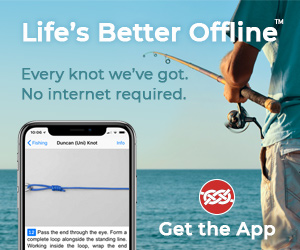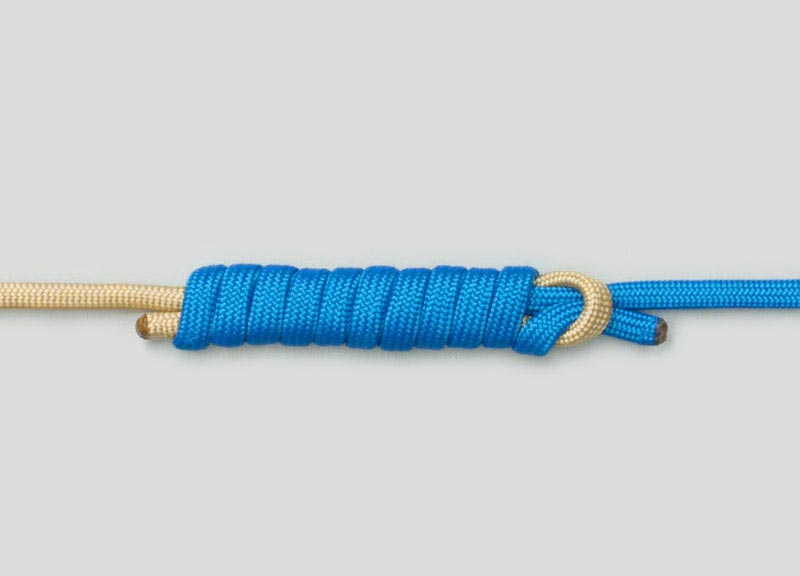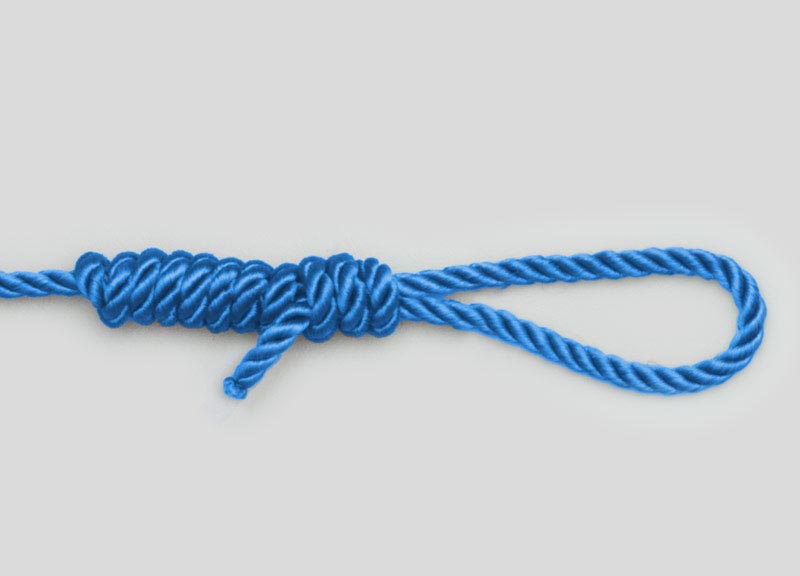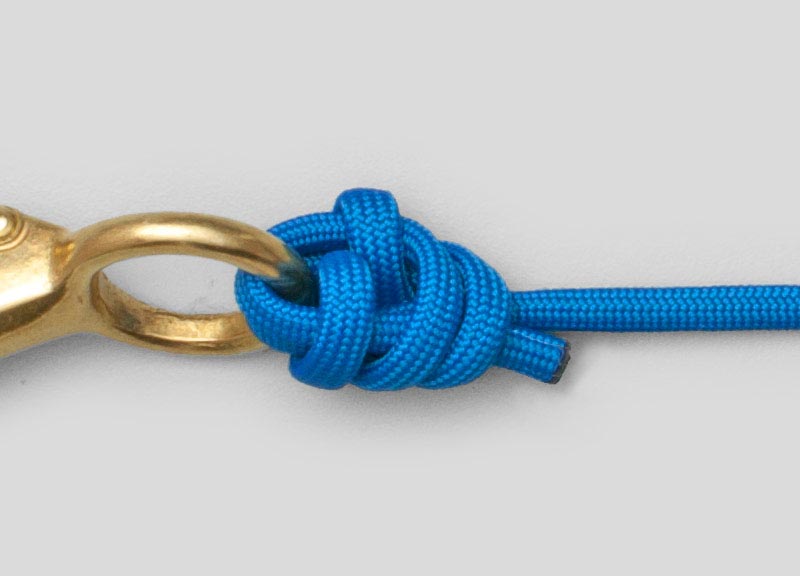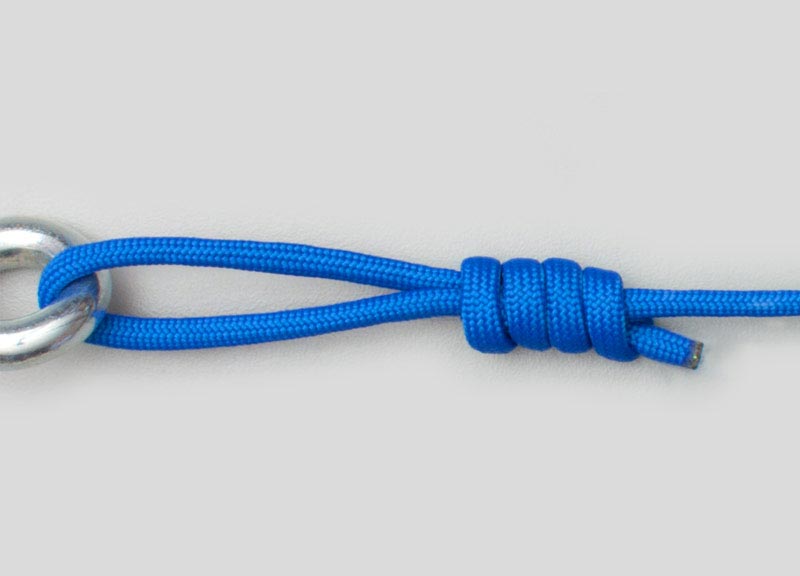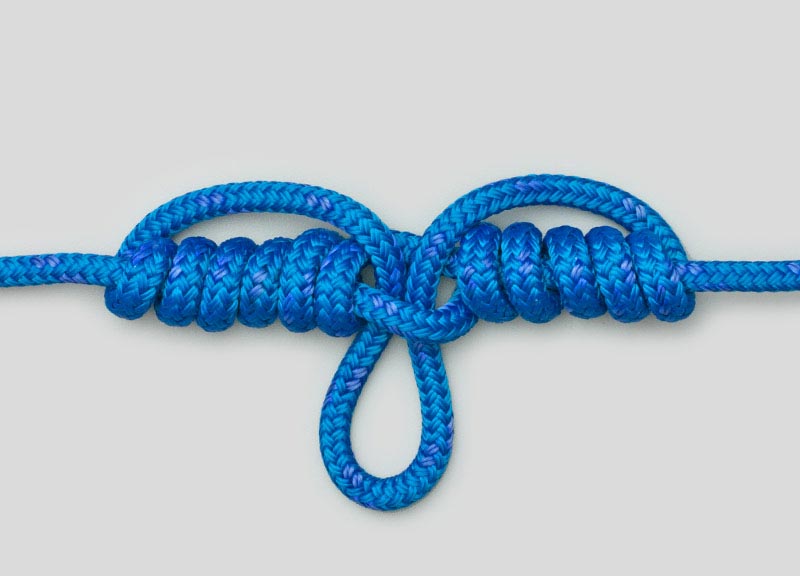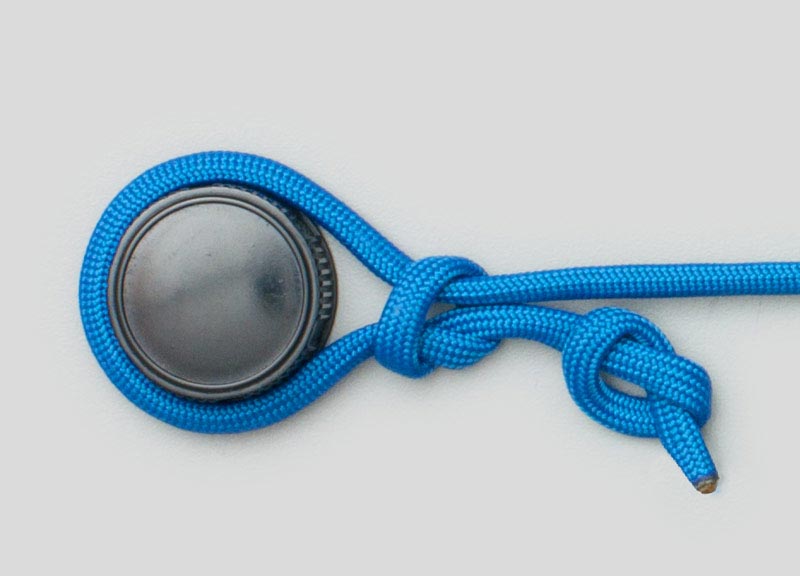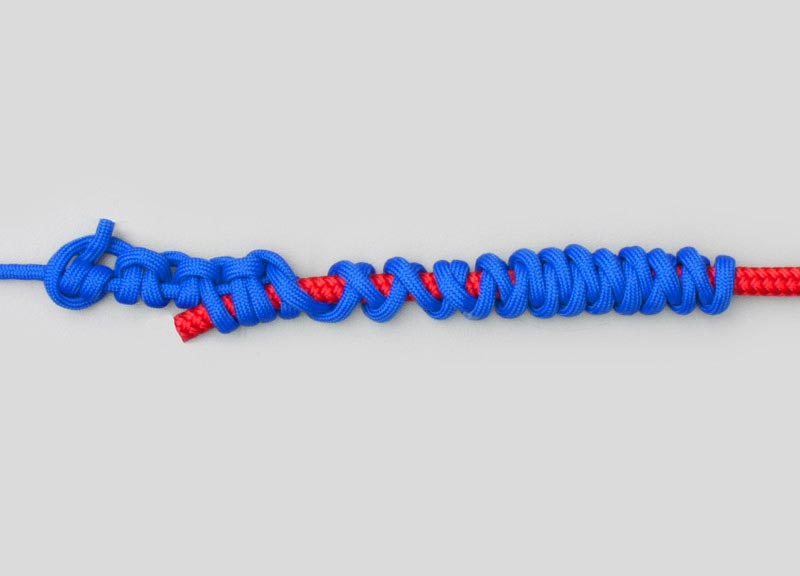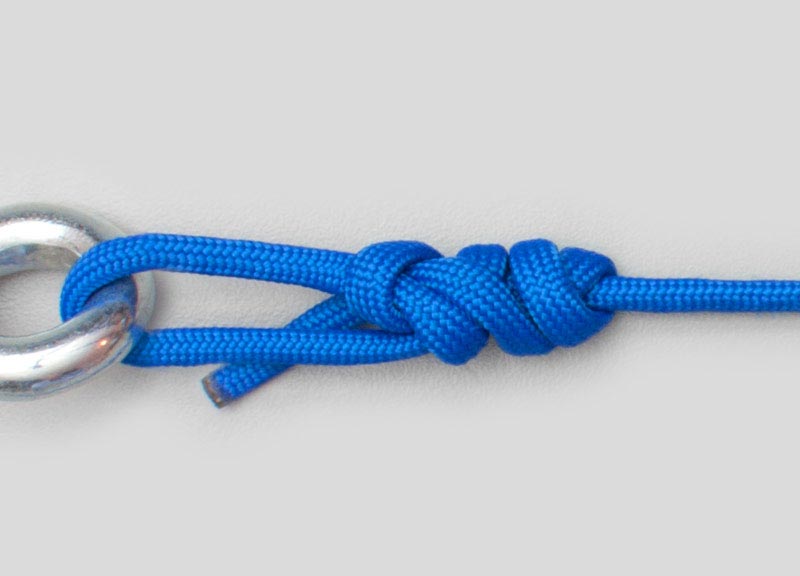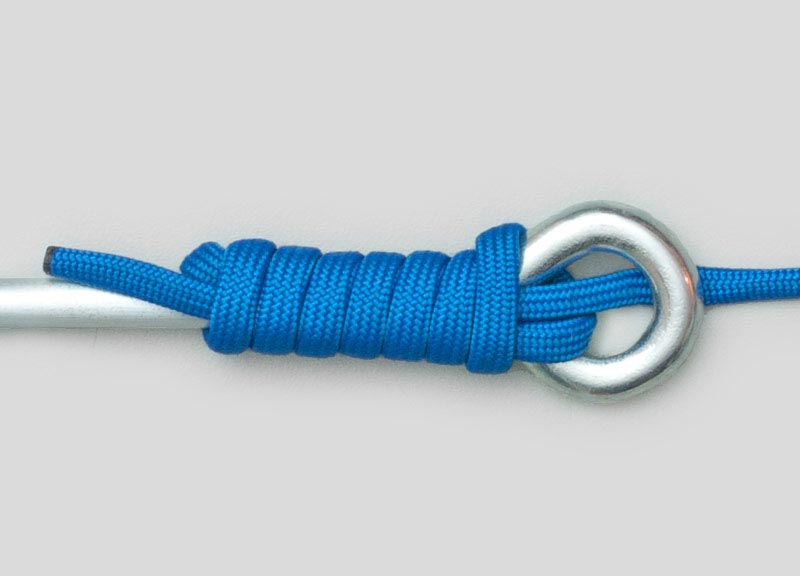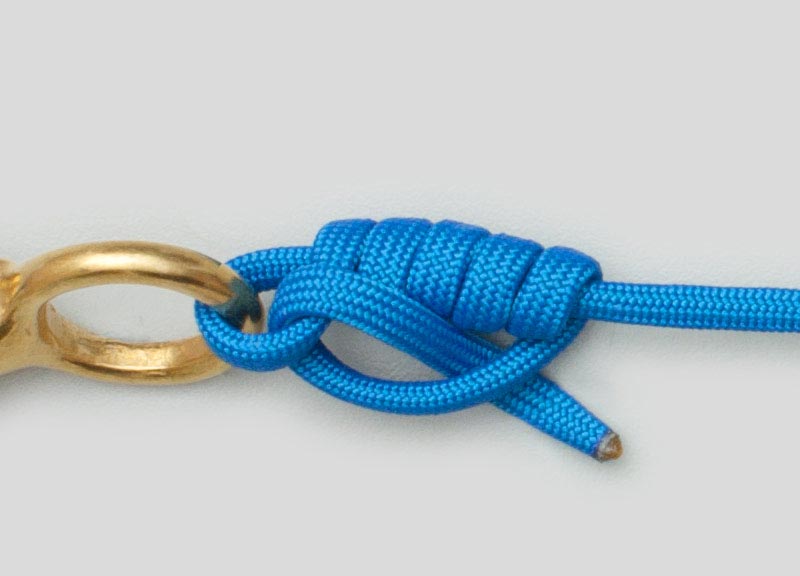Top 5 Fishing Knots
Fishing Knots are unlike other knots because they are tied in material that is cheap and the knots are never intended to be untied. In addition, depending on your devotion and fortitude, fishing knots may be tied standing knee-deep in water or while rolling in a kayak or heaving fishing boat. To make it worse, because fishing line is often small, seeing the knot can be difficult. Practice makes perfect.
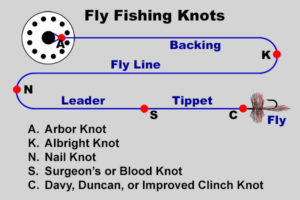 So many fishing knots have been described that presenting the right few knots has been challenging. Essential knots must include one or two to attach the hook or lure (terminal tackle knot), one or two to join line to line, and perhaps what we include here – the dropper loop. Other knots – including the reel knot (Arbor knot) are included lower on this page in the Beyond the Basics section.
So many fishing knots have been described that presenting the right few knots has been challenging. Essential knots must include one or two to attach the hook or lure (terminal tackle knot), one or two to join line to line, and perhaps what we include here – the dropper loop. Other knots – including the reel knot (Arbor knot) are included lower on this page in the Beyond the Basics section.
Fishermen rarely tie their main line directly to the hook, especially when the fish are expected to have sharp teeth capable of biting through the line. The final length attached to the hook is the Leader or Tippet. This line is usually more robust and capable of surviving bites, snagging on rocks, and other rough treatment.
Three distinct classes of Fishing Knots are described here, each one serving a specific purpose:
- Line to Line Joining Knots: Albright and Bimini Twist
- Terminal Tackle Knots: Palomar and Uni Knot
- Attach Hooks Midline: Dropper Knot
These five knots are the ones we think every angler should know, but we’ve included a few extra knots to learn as you become more advanced.
